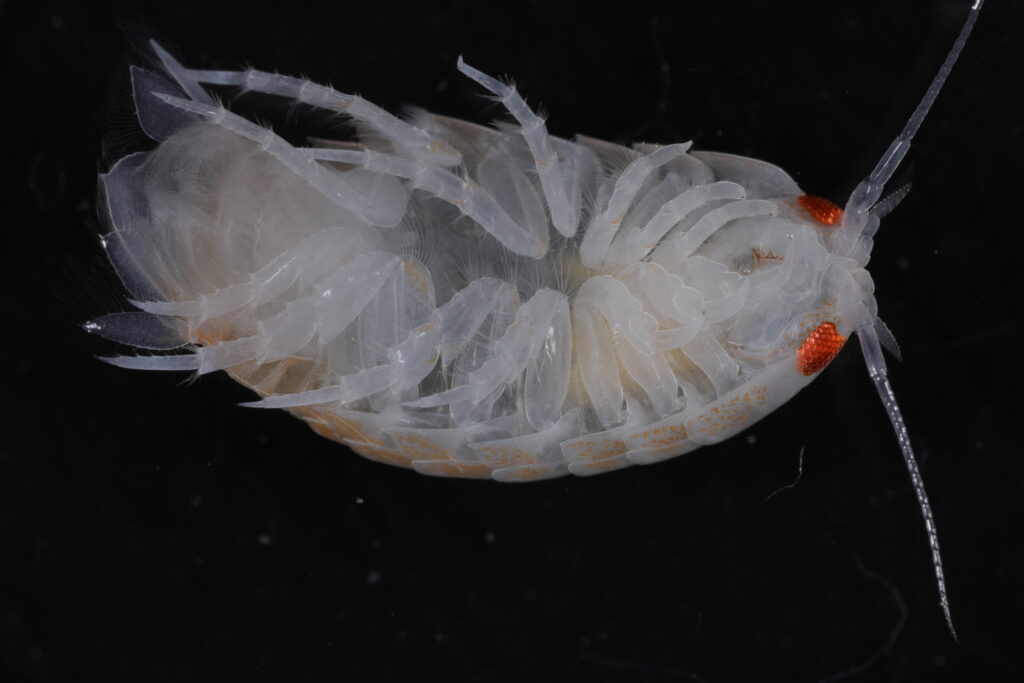Dr. Kocot’s proposal entitled “Collaborative Research: PurSUiT: A Backbone for the Peracarida” ($840,771) has been funded by the National Science Foundation’s Division of Environmental Biology and the Established Program to Stimulate Competitive Research (EPSCoR). This collaborative project with lead PI Dr. Sarah Gerken (University of Alaska, Anchorage) and PI Dr. Regina Wetzer (Natural History Museum of Los Angeles County) was funded to support research on Poorly Sampled and Unknown Taxa (PurSUiT). “The PurSUiT category is meant to encourage biodiversity discovery […]
Dr. Kocot awarded $840K NSF PurSUiT grant to study evolutionary history of the diverse peracarid crustaceans



